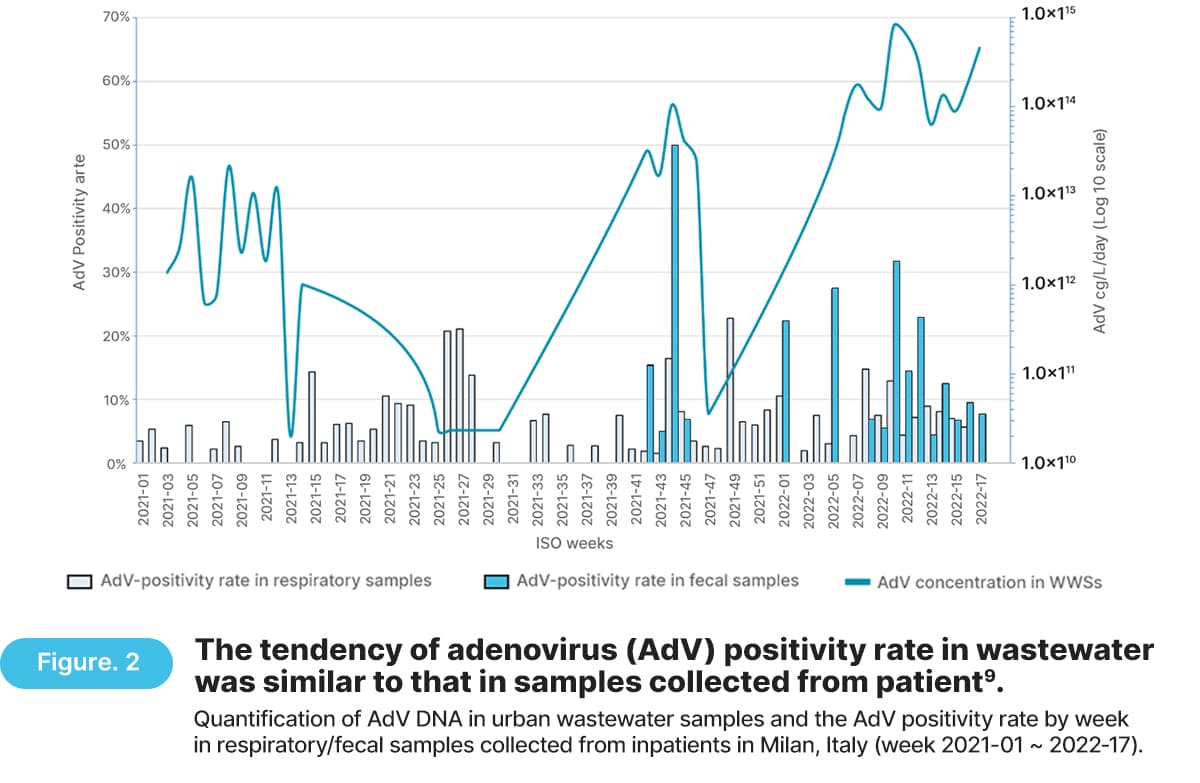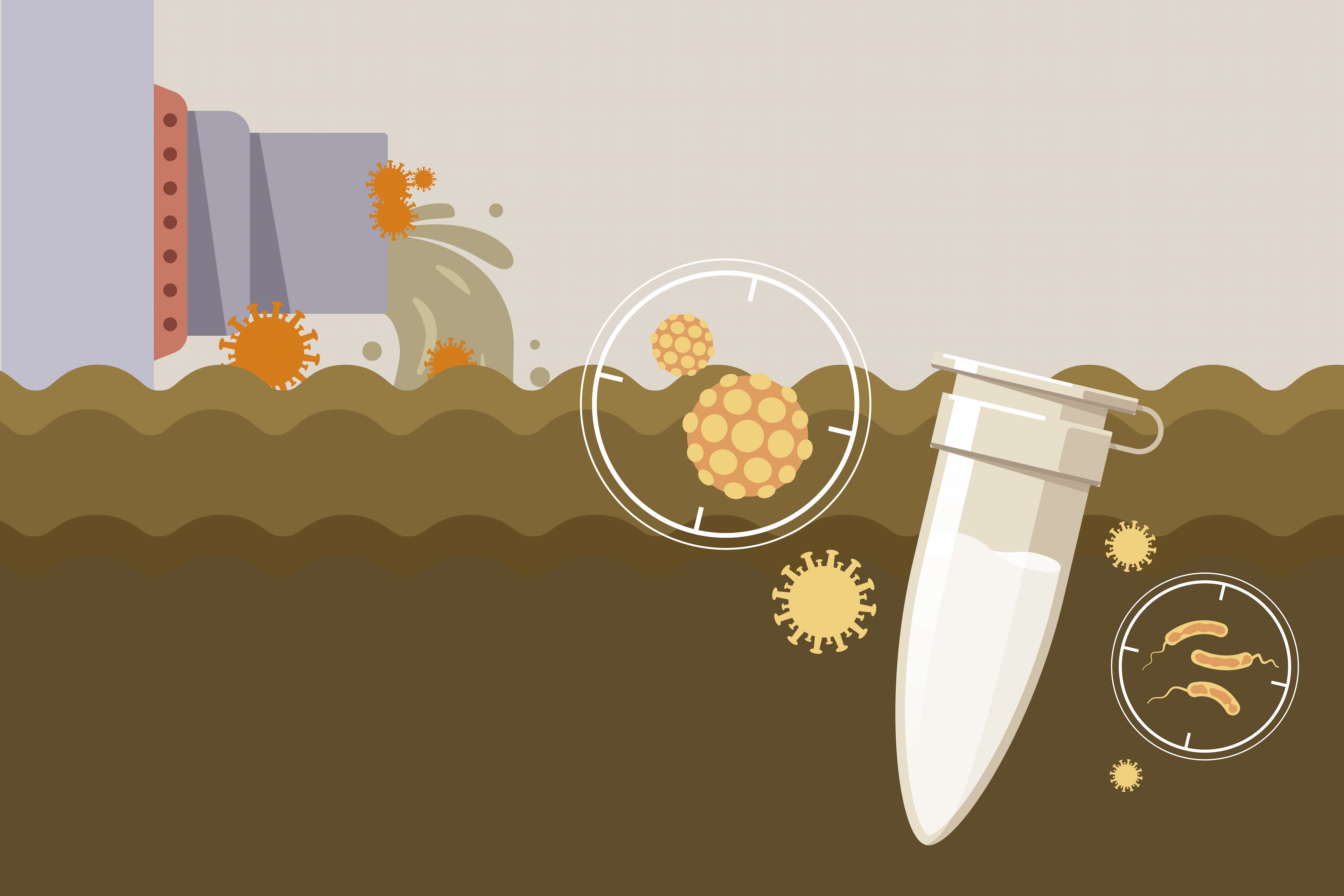It’s not a waste: wastewater surveillance for public health
Advantages of Wastewater-Based Epidemiology (WBE)
WBE offers several advantages for understanding epidemiology:
1. Comprehensive Infection Information: By collecting data from both symptomatic and asymptomatic individuals, WBE enables a precise understanding of the prevalence and geographic distribution of target viruses. This information is invaluable in identifying potential hotspots of epidemics7,8.
2. Genetic Variation Detection: WBE can detect genetic variations in target viruses, assisting in the formulation of government policies such as lockdowns and vaccinations7.
3. Population-Level Insights: WBE provides epidemiological information at a population level, minimizing the risk of revealing personal information. This approach offers a broader perspective on public health trends7.
4. Cost-Effectiveness: WBE is a cost-effective tool, making it feasible for surveillance in low- and middle-income countries7,8.

Global Cases of Wastewater Surveillance
Numerous studies have been conducted to detect enteric viruses in wastewater for epidemiological surveys and evaluate wastewater’s use as a surveillance resource. Notable examples include:
- Milan, Italy: Adenovirus circulation in wastewater samples collected from January 2021 to May 2022 showed a correlation with the number of respiratory and fecal samples from hospitalized individuals9.
- Chiang Mai, Thailand: A 2-year surveillance study analyzed enteric viruses in environmental water samples, including wastewater, revealing the highest prevalence of enteric viruses in wastewater compared to other environmental water sources (river water, environmental reservoirs, and irrigation water)10.

Successful Implementation and Collaborative Efforts:
With Seegene's GI Solutions, a leading wastewater laboratory in the United Arab Emirates joined in monitoring the spread of infectious diseases in wastewater, in collaboration with the Department of Energy (DoE) to monitor the spread of infectious diseases through wastewater surveillance.
Seegene's respiratory solutions have already demonstrated accuracy in detecting SARS-CoV-2 in wastewater, as evidenced by a proof of concept study in South Africa and a pilot study in Romania11,12.

Effective Outbreak Prevention with Seegene's Solutions:
WBE, combined with Seegene's high multiplex data solutions for detecting infected pathogens, is an efficient surveillance tool for monitoring potential outbreaks at the community level. By maximizing the efficacy of WBE, Seegene's solutions play a crucial role in effectively preventing and controlling infectious disease outbreaks in communities.
Wastewater surveillance has emerged as a valuable tool in monitoring infectious diseases and preventing their spread. Through advanced solutions like those by Seegene, public health organizations can gain crucial insights into epidemiology and take proactive measures to safeguard communities. Wastewater should no longer be regarded as waste but as a valuable resource for protecting public health.

1Lorenzo et al., 2019; 2Hemalatha et al., 2021; 3Abdeldayem et al., 2022; 4Eran Kozer et al., 2021; 5Trelis et al., 2020; 6María Teresa Galán-Puchades et al., 2021; 7Kitajima, 2022; 8Tafadzwa Dzinamarira et al, 2022; 9Laura Pellegrinelli et al., 2022; 10Kattareeya Kumthip et al., 2023; 11Gina Pocock et al., 2020 (WRC Report no. TT 832/20); 12Anda B icuș et al., 2021
Follow us on social media
